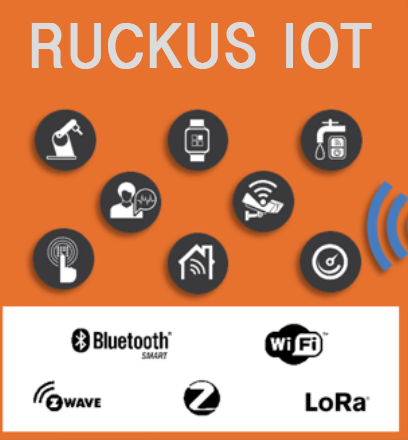The purpose of IoT is not to bring device control from a traditional shape to a smartphone or Internet browser in the same way - it seems simple, but it is still a copy of the old automation architecture in a cheaper form.
There is also no program or software that can control the system under conditions suitable for all parties, but there is constant development, new ideas and user wishes.
IoT provides a solution here, very different parties can communicate with the devices, new software, servers, new IT solutions, people directly, IT people manually, etc. The result is economy and comfort. For example, service systems, maintenance systems, programs that are manually controlled by the customer can communicate directly with the heating controllers or lighting.
Unfortunately, there is no deterministic algorithm that is suitable for all users in the long run, so it is necessary to make more and more software and expand the system in the physical layer, it is like a computer network and software that is constantly evolving. The problem is that to do this, you have to communicate with the terminal, not with any manufacturer's software or server.
IoT allows individual adaptation to user habits, it cannot be done with just one controller or remote control, it requires very different systems. Management software can be very individual.
In many cases, IoT has become a marketing term and one must be careful whether the system is actually 20 years old in its model or whether it is heading for the Internet age. The fact that something can be controlled from a telephone often does not mean a modern solution yet, rather it means the gateway of a conventional automation system to the Internet rather than the communication of things (terminals) on the Internet.
Building automation used to be always associated with the design of closed automation and electronics people and a closed system, in most cases radio / wiring systems from several manufacturers are not compatible as a single system for the end user. In some cases, such as the control of an aircraft, such an approach is also the only option, but in the case of heating control of a building, for example, it is simply an old approach.
But let's give a simple example, today we need a new rat trap for a smart house, I open an online store and find such a BLE radio, order it and connect it to a Ruckus Wi-Fi AP with a BLE / Zigbee / LoRa radio inside the Ruckus IOT server.
But that's not the end of life, I'm looking for an LED lamp reminiscent of a very decorative kitchen lamp, I find it with the Zigbee protocol and it fits in with the interior design, I order it and add the system.
The same constantly evolving scenario applies to industry and conventional companies. Someone discovered that the door has been left behind again and the whole warehouse has become cold, the security system does not react to it, because it is working hours. You could study how security technicians can program an age-old security system, but it is cheaper to order a ten-euro Zigbee door sensor and connect it to an IoT server and create messages for the necessary intranet systems and phones.
But why isn't a heating system or washing machine connected to the Internet with Wi-Fi yet a modern Internet of Things? In most cases, washing machines and heating systems still consist of closed components, which have two purposes: to make the customer dependent on the manufacturer and to provide expensive maintenance services. On the positive side, a properly tested system can be pointed out. However, IoT refers to open protocol components that can be integrated by the end user.
Why isn't the remote control lighting system today? Because it is also a closed system, the closed technique bulb cannot simply be brought to my phone's desktop and paired with any other IoT software.
Fortunately, however, the world is changing, Several L2 / L3 / L4 / L5 standards have been established to cover most of the functionality of IoT devices. One of these references is the definition of ZigBee IoT clusters or device types. Bluetooth and Bluetooth Low Energy are the same standards that can be used to produce open architecture devices.
07-5123-06-zigbee-cluster-library-specificationSo when will the protocol and architecture of the washing machine be open? Personally, I think that time is still 5-10 years away, but it will definitely come, so you can download a control program from the Internet, for example, for washing something completely different than whats originally programmed into the device. My dream says that the drying drum could be used, for example, as a field bean dryer, which would require quiet movement and humidity measurement and temperature control.
Another development factor is people. At the moment, automation is mainly done by electronics engineers, this link is moving towards the design and development of mass products of large manufacturers in today's IoT world. In the future, the creation and design of software will be enough for integration.
